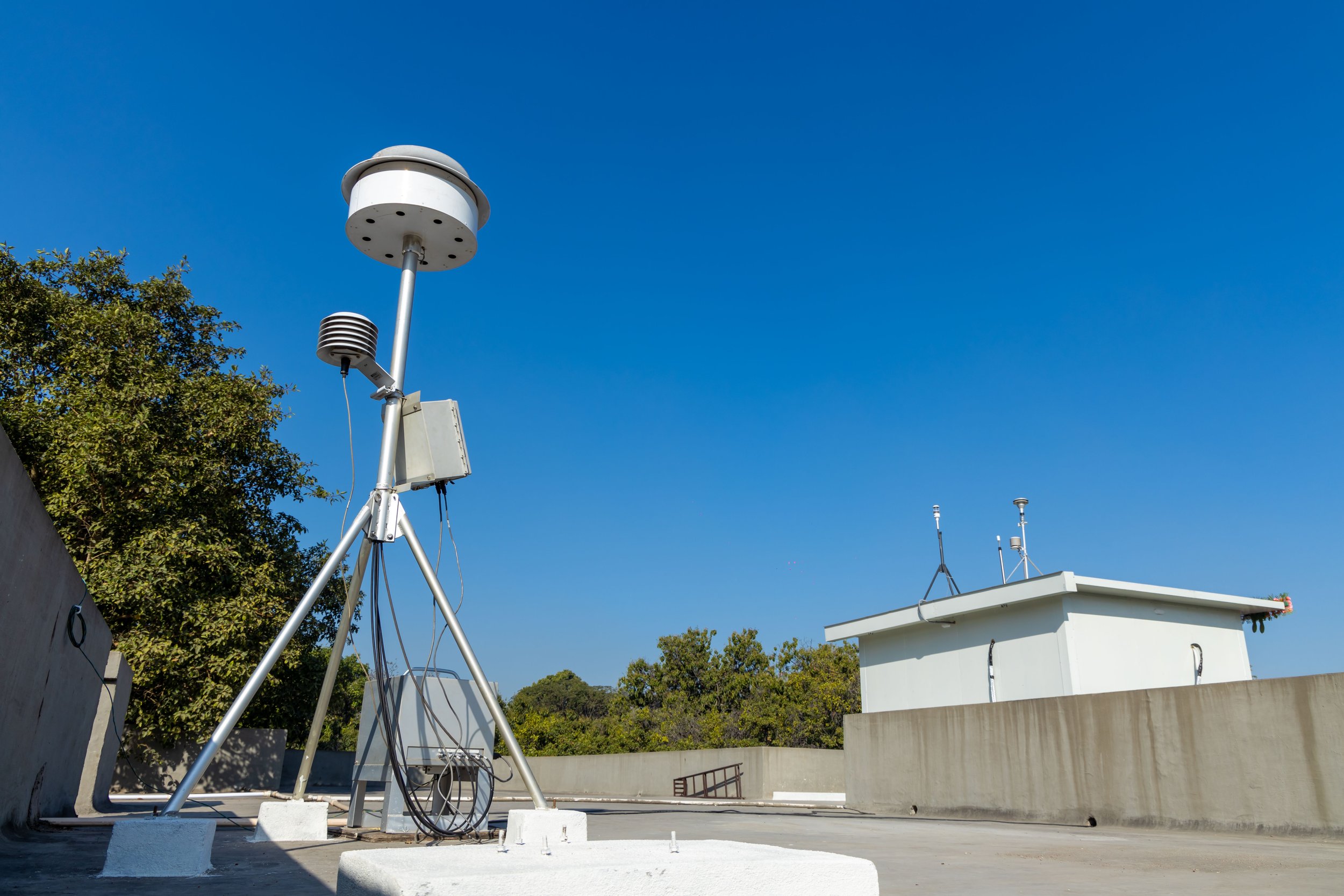Cutting-Edge Air Quality Stations in Indore Initiate Data Sharing for Cleaner Air
One of three Air Quality Monitors installed by Clean Air Catalyst in Indore last February
By Sudhir Gore, August 21, 2023
Indore, India received promising news this month regarding its high-precision air quality monitoring stations, which clocked their sixth month providing valuable data for research purposes. In a collaborative effort by the U.S. Agency for International Development (USAID), Clean Air Catalyst and the Indore Municipal Corporation (IMC), three advanced air quality monitoring stations were deployed in February.
The information provided by the fledgling stations will be pivotal to shaping air quality improvement strategies in Indore, particularly as they continue to collect more data over time. Clean Air Catalyst, a global initiative supported by USAID and led by the World Resources Institute and Environmental Defense Fund focuses on implementing tailored solutions to combat air pollution, address climate change and promote better human health.
Indore currently has only one operating Continuous Ambient Air Quality Monitoring Station (CAAQMS), providing real-time air pollution data. However, to gain a more comprehensive understanding of the city's air pollution landscape, Clean Air Catalyst’s team in Indore installed three additional stations. Dr. Sreekanth Vakacherla, the Catalyst air quality senior scientist, explained that these installations are strategically placed across various locations in the city.
The monitoring stations are currently measuring fine particulate matter (PM2.5), tiny particles that, when ingested, have been shown to contribute to a host of health problems. Additional monitoring equipment at Malav Kanya School is assessing levels of black carbon, a climate pollutant that contributes to global warming and poses serious health risks, along with carbon monoxide, another hazardous pollutant. While PM 2.5 has both natural and anthropogenic sources, carbon monoxide and black carbon predominantly result from human activities. Black carbon is particularly concerning as a short-term climate-forcing agent with implications for atmospheric warming.
The data generated by the new Air Quality Monitoring stations will be invaluable in understanding the spatial variations in pollution levels across the city over time. This information will be used to complement a separate source apportionment study to create the most complete picture to date of PM2.5 and PM10 levels and to identify their sources and contribution throughout Indore. Armed with the more granular information provided by both efforts, the government will be better positioned to take more targeted measures to address root causes.
By putting these datasets to use, regulatory bodies can prioritize mitigation actions to improve Indore’s air quality. While these air quality monitors do not collect all of the data necessary to report the city’s Air Quality Index (AQI), they play a crucial role in measuring pollution levels.
This marks a significant step toward combating air pollution in India's cleanest city, Indore.

